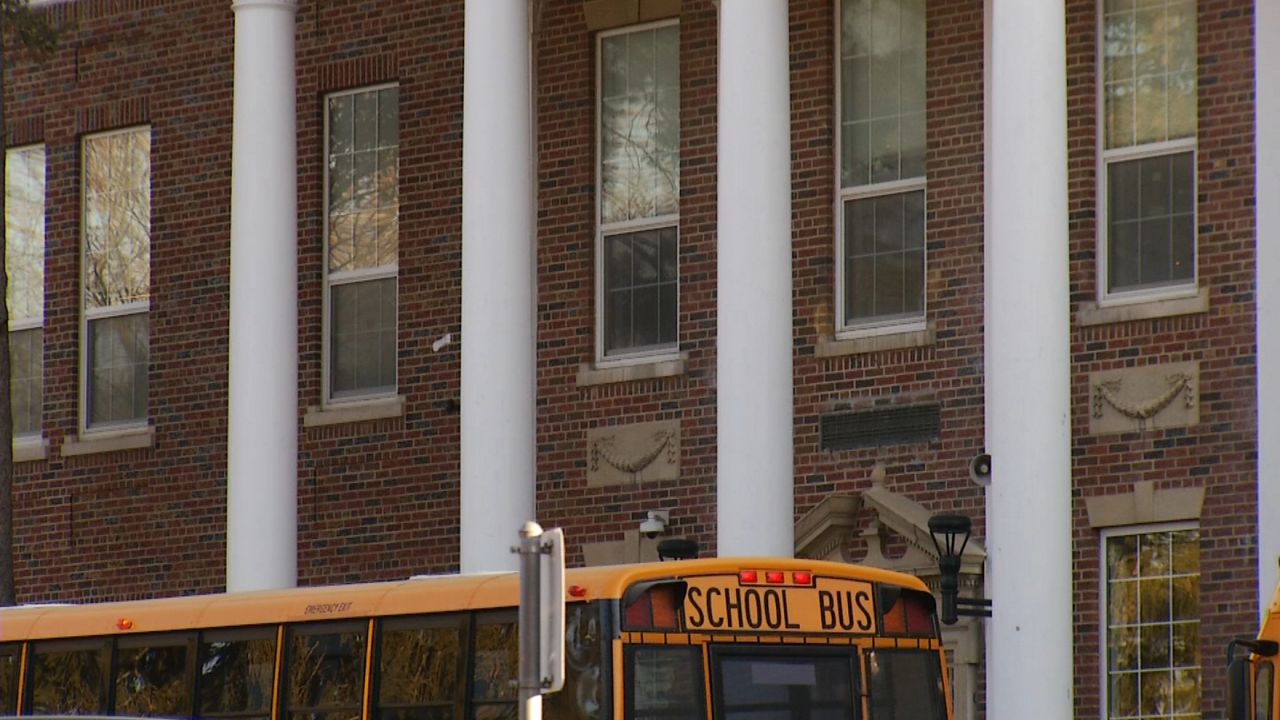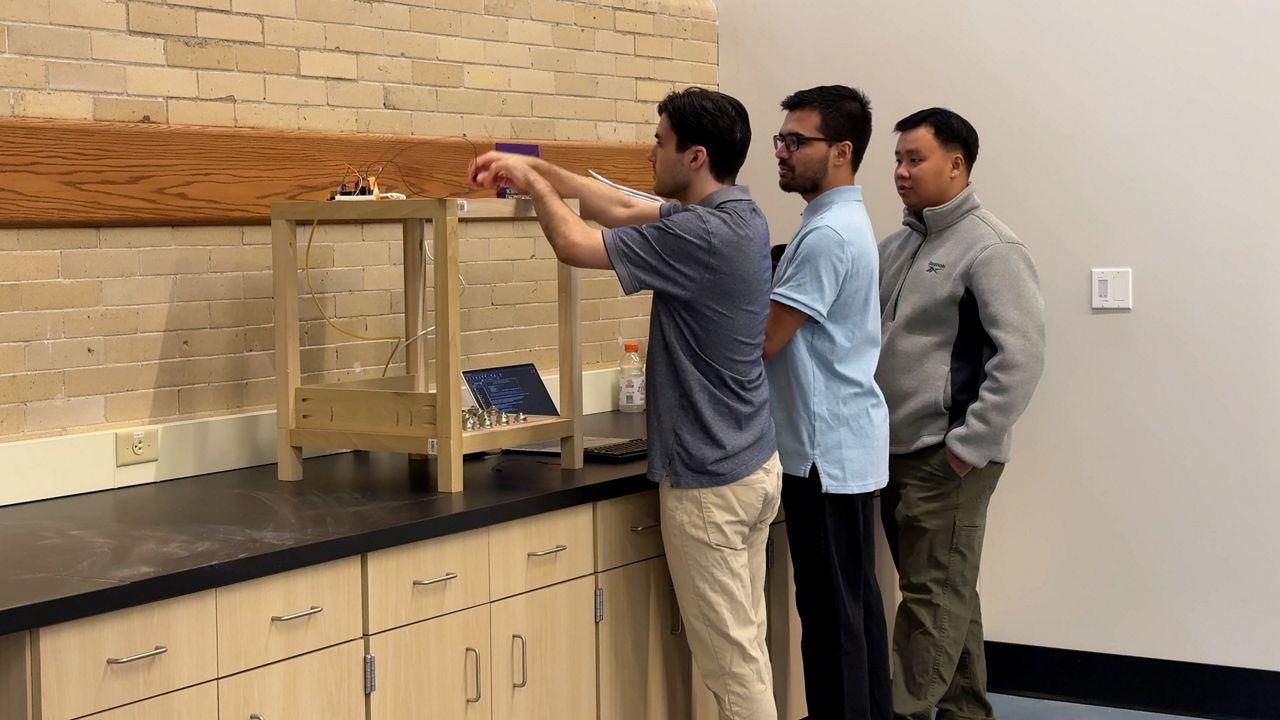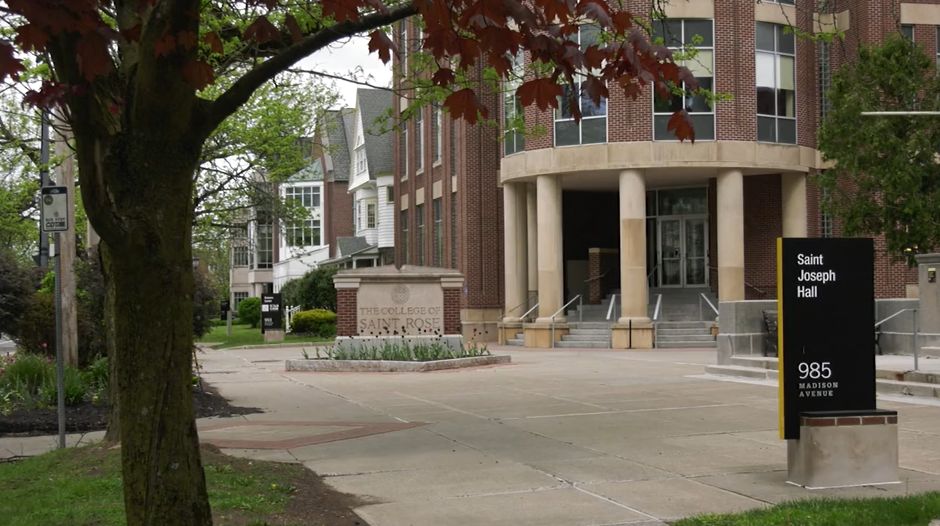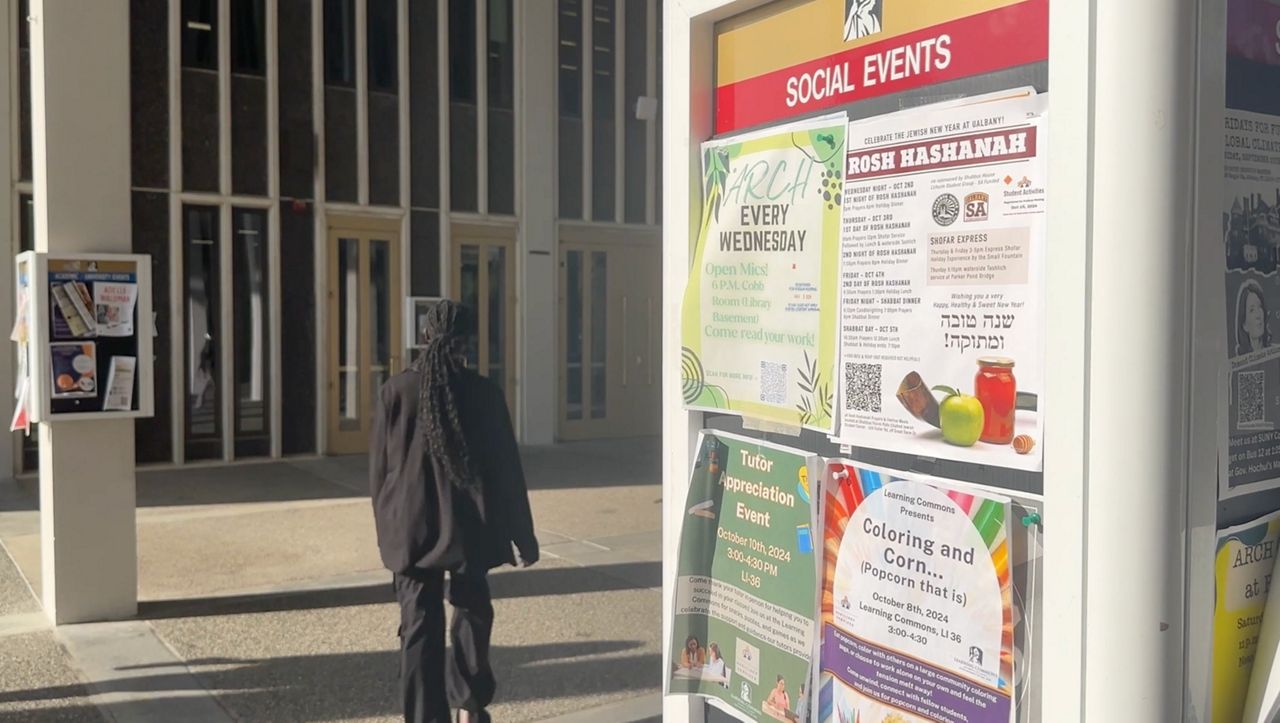Ta-Sean Murdock’s morning routine will look a little different when his son starts middle school.
“My son, he goes to TOAST, so instead of sending him to a school right across the street from his original school, he’s being sent to an area that he’s not used to,” Murdock said.
Parents in the Albany School District are preparing for a major change in the fall, with the new middle school realignment plan.
For nearly eight months, the Albany School District has worked with statisticians to identify the best scenario to create three equitable middle schools that are similar in size, needs and resources.
“It’s more about making sure that the kids in the underserved communities are not grouped in one area or one school and that they are spread out,” said Murdock.
Of the various scenarios, the Albany school board approved of this plan for the upcoming school year, outlining which elementary school would feed into which middle school. The plan aims to address the racial and historical factors that have long affected students of color.
Currently, North Albany Middle School absorbs a disproportionate number of high-need students. Superintendent Kaweeda Adams says the new feeder plan will create balance.
“We have an obligation as a district to analyze those things and see what is it that we can do to break down those systemic barriers so that our students can be successful in an equitable manner,” said Superintendent Adams.
But parents have raised concerns about lengthy bus routes because of the plan.
Jessica Wilcox is a mother of two. Her daughter, Hannah, would have been attending Hackett Middle School in the fall with her older brother, but under the new feeder plan, she’ll be attending North Albany.
“The kids are what bring the school to life, and so wherever these kids go, they’ll make the school their own. It’s just a building,” said Wilcox.
And while Wilcox says bus transportation has been inconsistent in the past, she’s found a positive in the situation.
“That’s one of the wonderful things that can be had from this experience is that she gets the layout of the city,” Wilcox said. “She knows the bus system and she can be independent that way.”
Every couple of years, the district will reassess its feeder pattern because of a growing student population. For many parents, this may feel like something new the district is attempting, but it’s not.
Tyleia Harrell went through the restructuring process with her eldest son when he entered middle school more than 10 years ago, so this time around, she joined the feeder committee to help parents adjust to change.
“I applied because I had been watching this process for several years, and I wanted to be a part of the solution,” Harrell said.









